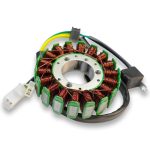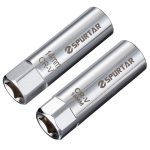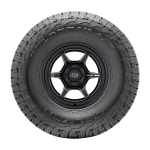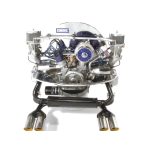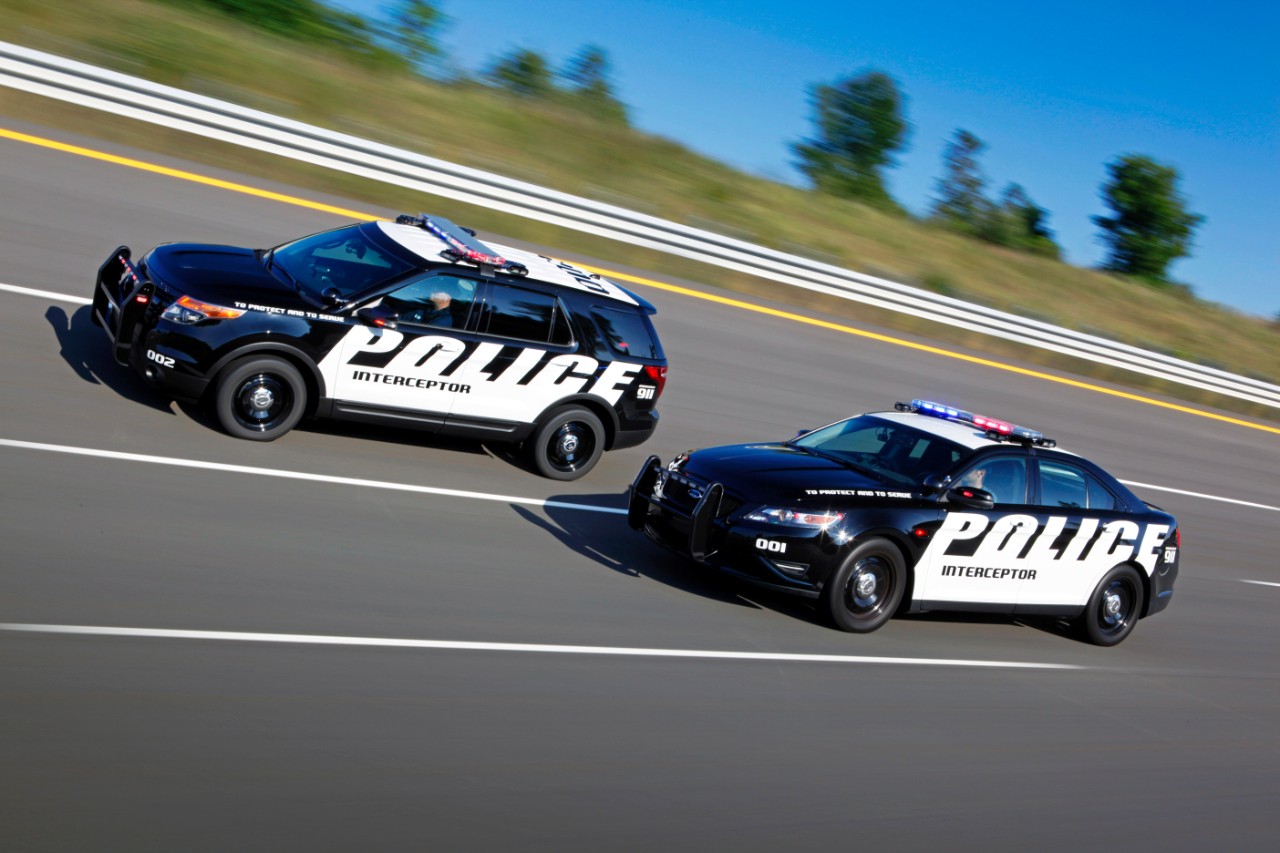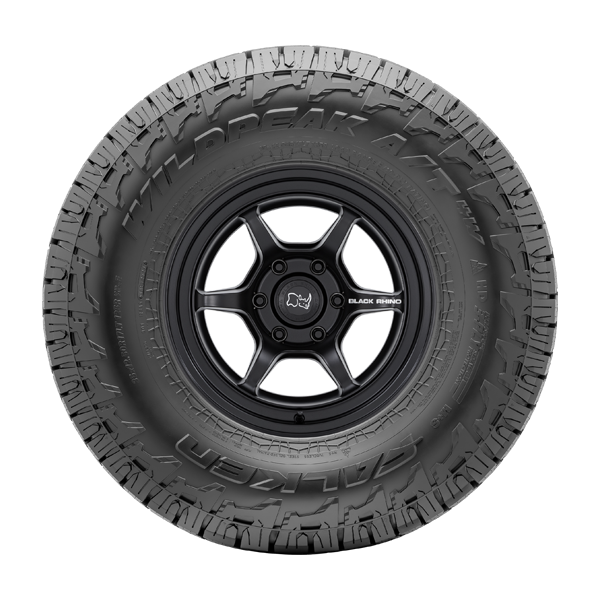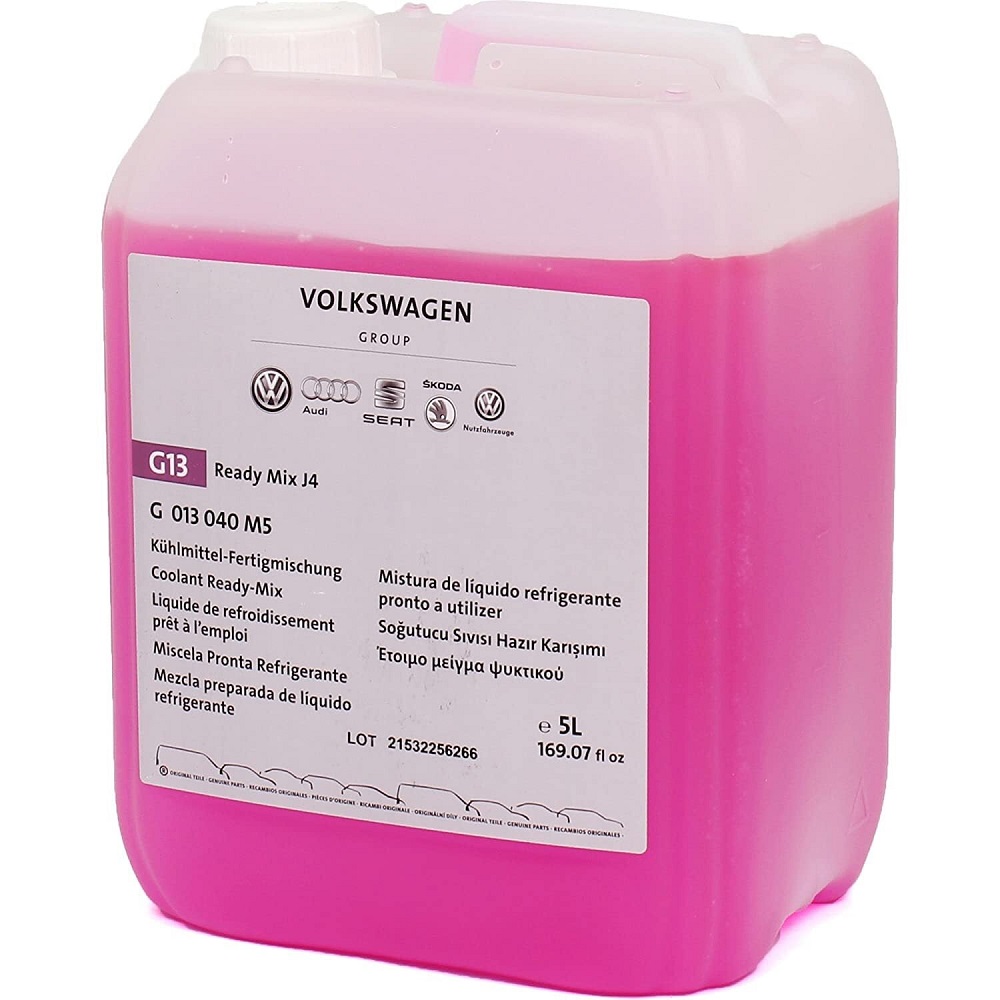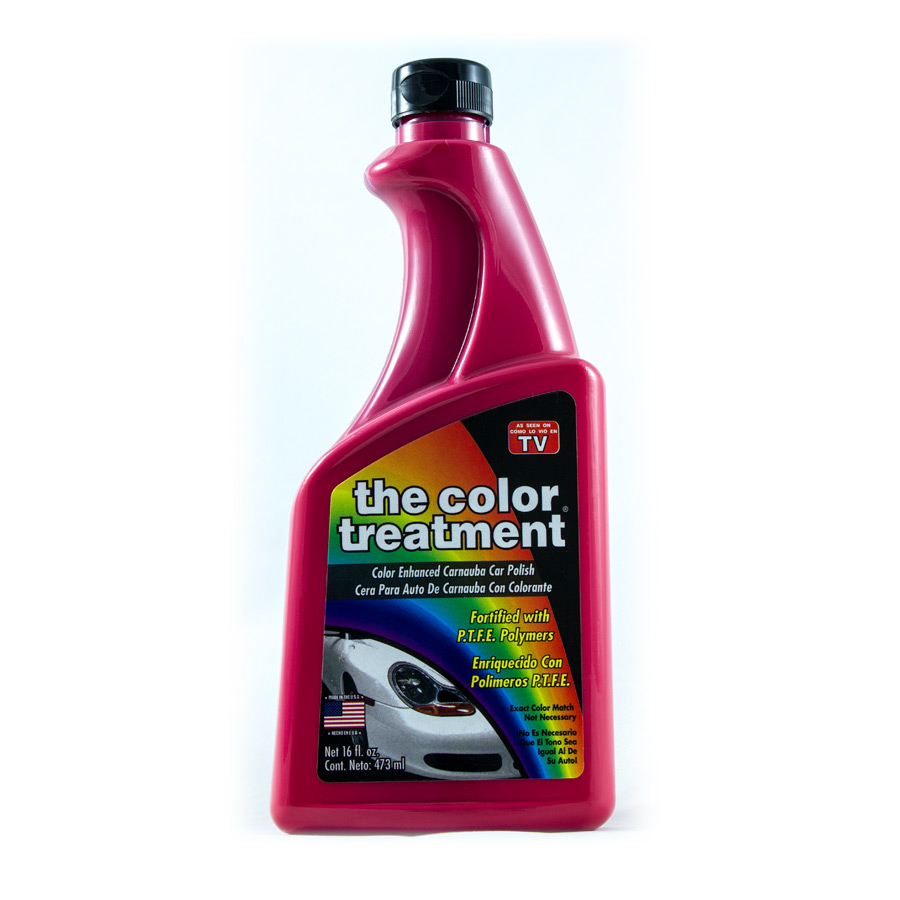The Ford Taurus has long been a staple of police fleets across North America, seen in countless high-speed chases and routine patrols on television and in real life. This article takes you behind the wheel for an insider’s look at the Ford Taurus cop car, providing a detailed scout of its performance, design, and the features that make it a law enforcement favorite. From its powerful engine and reinforced structure to the advanced technology that aids officers on duty, we unfold the layers that compose this iconic police vehicle.
Under the Hood: Performance and Durability
Engine Power and Handling
The Ford Taurus police interceptor packs a powerful engine to meet the high-performance requirements of police work. You’ll often find a robust V6 under the hood, providing horsepower that roars to life during pursuit situations. Not only does it need the power to accelerate quickly, but the car must also handle well at top speeds and sharp turns. Ford modifies the suspension and braking systems in the police interceptor models to ensure the vehicle is up to the task, offering law enforcement responsive handling in high-stress scenarios.
Built Tough for the Beat
Durability is non-negotiable for a cop car. The Ford Taurus in law enforcement use comes with reinforcements to withstand the rigors of police work. It features a heavy-duty chassis and materials designed to survive impacts that other vehicles cannot. Additions such as ballistic door panels for added officer protection are examples of such enhancements. Interior elements are also toughened up, with materials that can endure the constant wear and tear of police use.
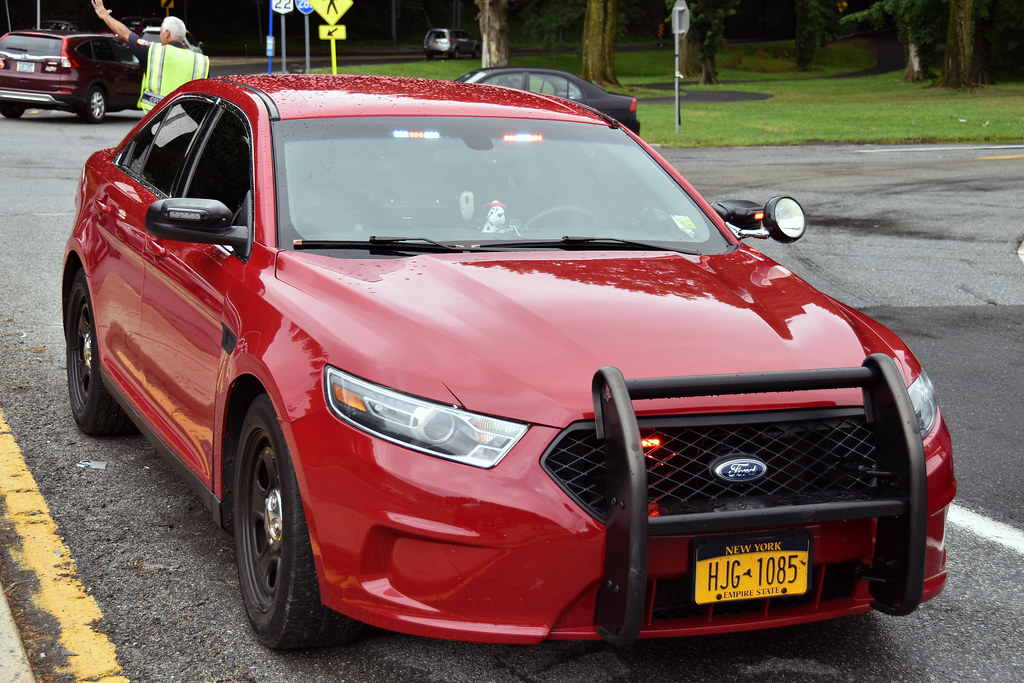
Design and Functionality: A Space for Law Enforcement Needs
Customized for Police Use
The interior of the Ford Taurus police interceptor is a far cry from the civilian Taurus. The front seats are designed to accommodate belt gear, the dashboard houses an array of controls for police equipment, and the rear seats are made of rugged materials for easy cleaning and detainee transport. Accessibility is key in designing a cop car, and the Taurus delivers with everything within arm’s reach for those behind the wheel.
A Mobile Command Center
Advanced communication systems turn the Ford Taurus into a mobile command center for officers. Equipped with computers, radio systems and connectivity for various devices, officers can relay and receive critical information while on the move. Lighting and sirens are strategically placed for maximum visibility and effect, and controls must be intuitive so officers can deploy them without looking away from the road, striking a balance between function and safety.
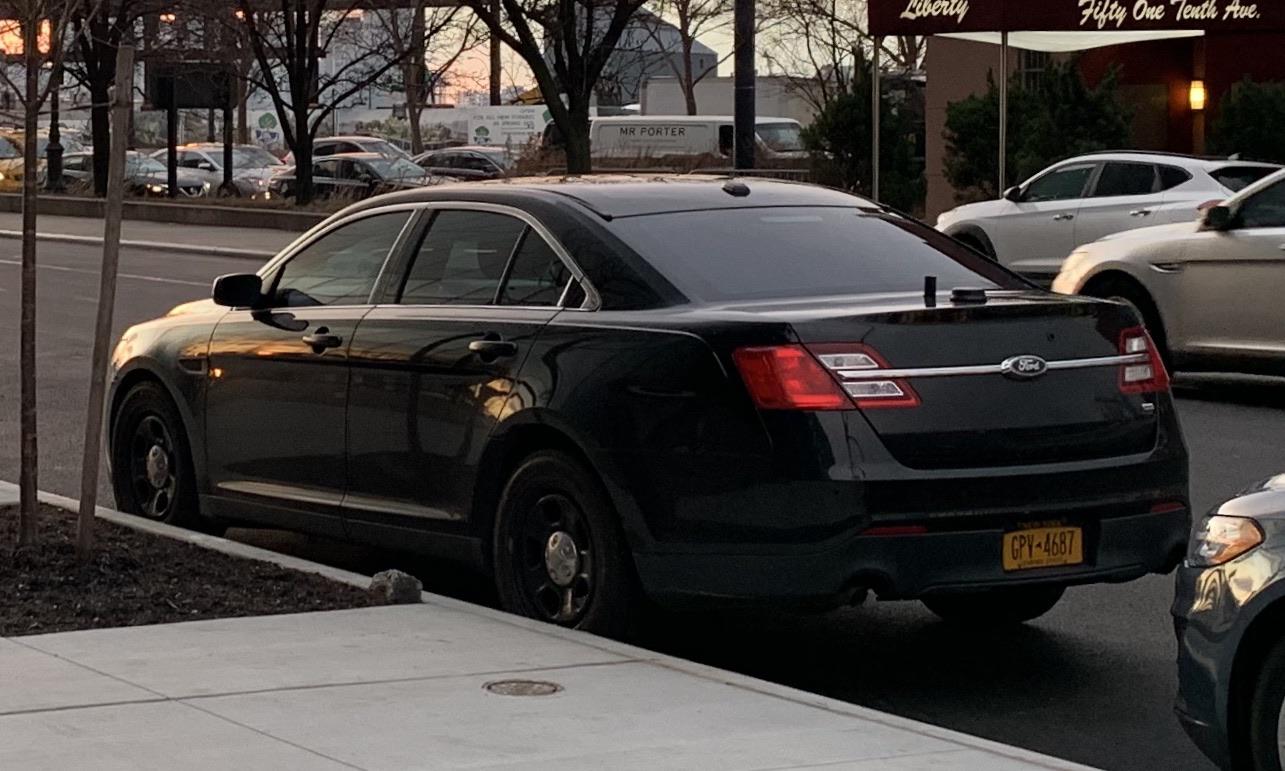
Advanced Technology for Modern Policing
Safety and Surveillance Features
Beyond physical power and a well-designed space, technology is the invisible force that boosts the Ford Taurus’ policing prowess. Features like automatic plate recognition systems help identify vehicles of interest in seconds, and in-car video recording systems document interactions and incidents. Additionally, many of these cars have advanced dispatching systems that allow for efficient route planning and call prioritization, aiding officers in their day-to-day duties.
Control and Stability Systems
Keeping the driver safe while in pursuit or responding to an emergency call is paramount. The Taurus’ advanced control systems, including electronic stability control and all-wheel drive options, provide stability and traction in adverse conditions. These sophisticated systems ensure the car responds accurately to driver inputs, preventing skids, and managing traction to preserve the law enforcement officer’s safety at high speeds.
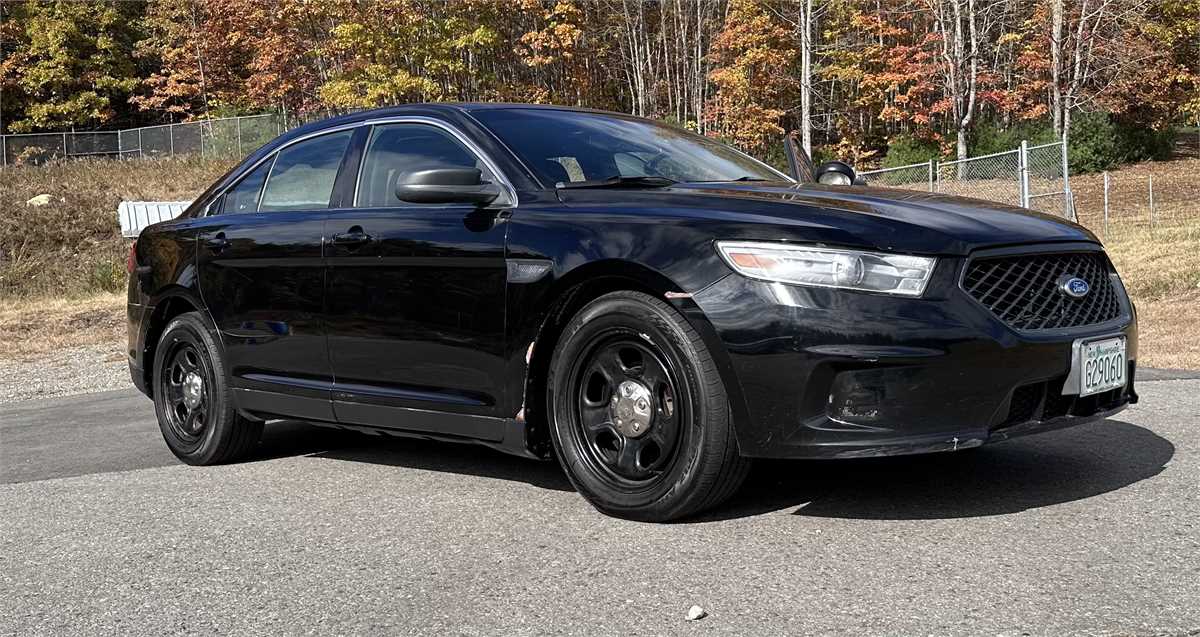
Impact and Legacy: The Taurus in Law Enforcement
Proven Track Record
Having been on the road for several years, the Ford Taurus cop car has built a reputation for reliability. Police departments often cite the vehicle’s ability to handle intensive use while requiring minimal downtime for repairs and maintenance as key advantages. Fleet managers prize the Taurus for its cost-effectiveness over the car’s lifecycle, from the initial purchase to eventual retirement from active duty.
The Future of Police Cruisers
While new models and technologies continue to emerge, the Ford Taurus has left an indelible mark on policing. Its design and engineering marked a stepping stone towards the future of law enforcement vehicles. Manufacturers constantly seek to improve upon foundations laid by cars like the Taurus. The innovations it brought to the fleet are notable both under the hood and inside the cabin. These innovations will continue to influence the direction of new police vehicle developments.
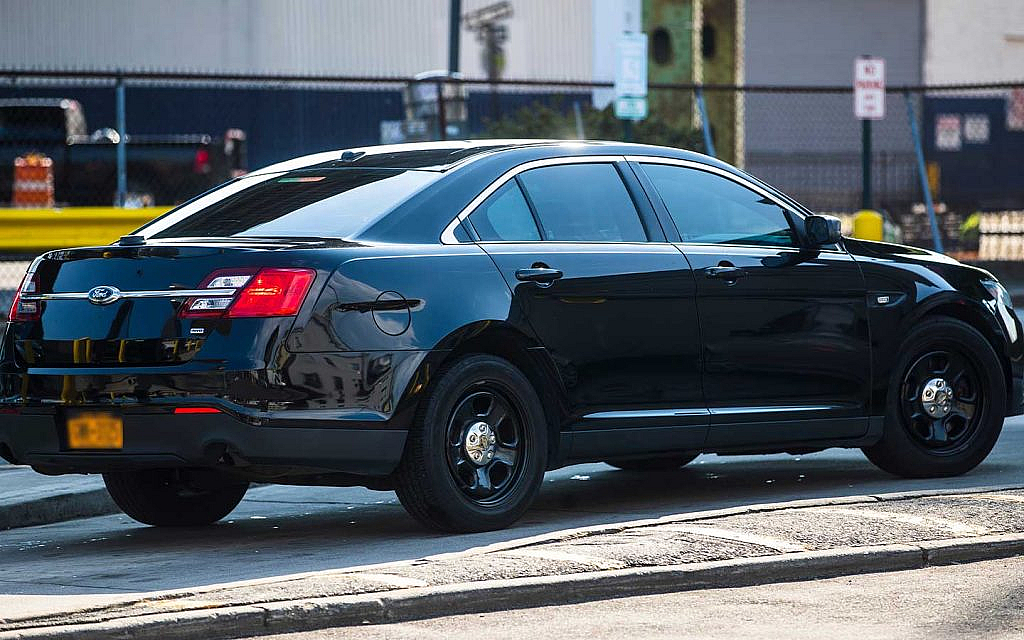
Balancing Comfort with Functionality
Ergonomic Features for Long Shifts
Police officers spend countless hours patrolling in their vehicles. Comfort is a significant consideration in designing a cop car like the Ford Taurus. The seats are crafted to provide support during long periods of sitting. Adjustments are available to accommodate various body types. They also accommodate the bulky equipment officers wear. The climate control system is robust. It ensures the cabin remains a controlled environment. This provides respite from exterior weather conditions. Despite the focus on comfort, the vehicle never sacrifices functionality. Every tool and piece of equipment is easily reachable in urgent situations.
Storage and Accessibility for Gear
Storage solutions within the Ford Taurus police interceptor are customized for the unique needs of law enforcement. A spacious trunk houses essential gear, from safety equipment to emergency response tools, while ensuring quick and easy access. In the main cabin, specialized compartments and securing systems keep weapons and sensitive gear safe. They prevent movement during high-speed travel. This storage design allows officers to carry all necessary tools. It contributes to cabin organization and cleanliness. Organization and cleanliness are often overlooked but are vital to vehicle functionality.
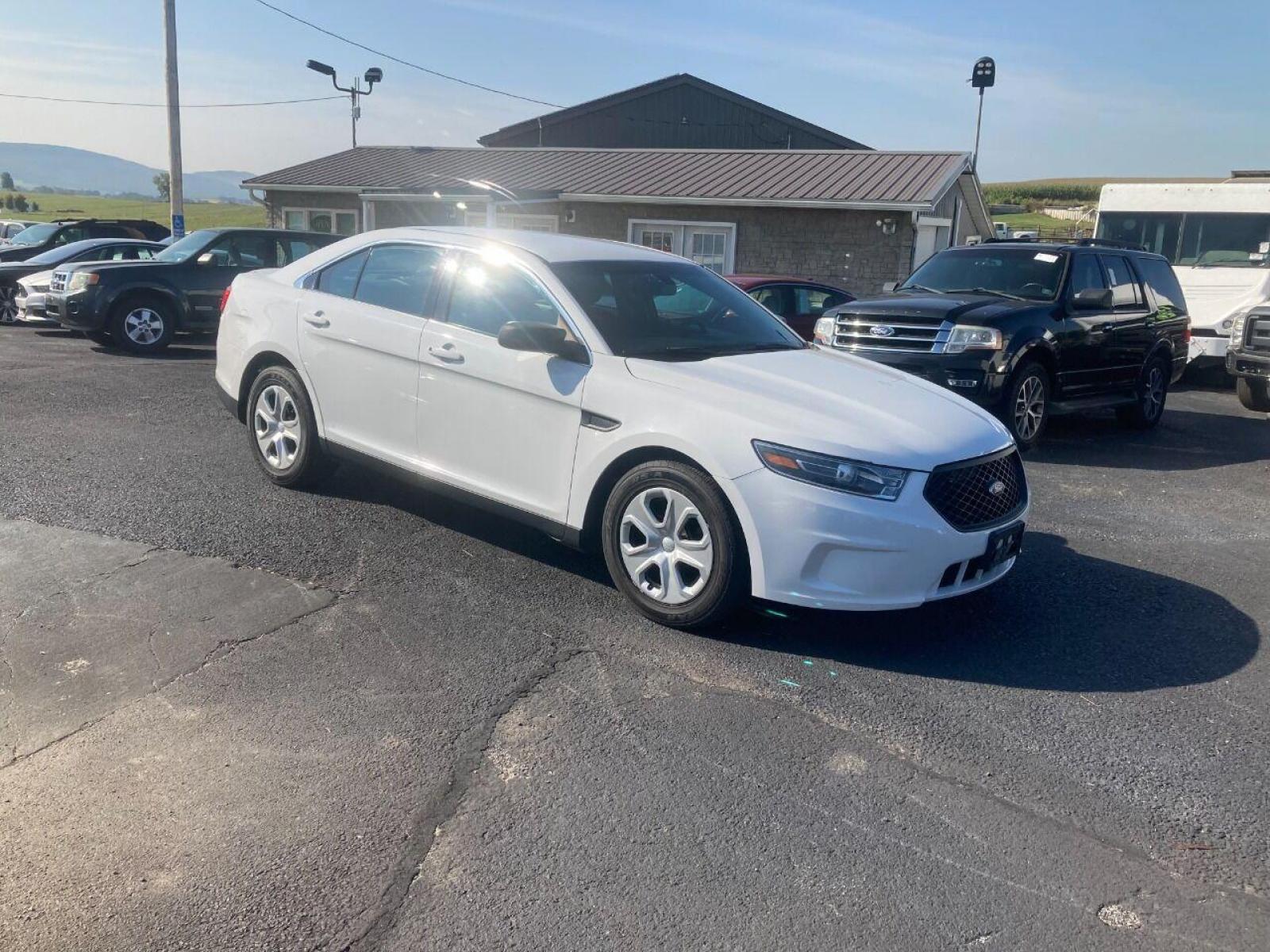
Maintaining Fleet Integrity
Cost-Efficiency and Upkeep
In addition to the practical design features of the Ford Taurus, police departments consider the long-term costs associated with maintaining their fleet. The Taurus has been historically favored for its cost-effective maintenance and longevity. Commonality of parts and ease of service helps fleet maintenance teams keep cars operational with minimal downtime. These economic considerations play an important role in a department’s decision to invest in a particular vehicle model and have played a part in the Taurus’ prevalence in police fleets.
Regular Updates and Improvements
Automakers like Ford recognize the importance of responding to feedback from law enforcement agencies. As a result, the Taurus and other police interceptor models have seen regular updates to enhance performance, safety, and usability. Refinements often come from real-world field testing and the experiences of officers who rely on these vehicles daily. These updates ensure that police fleets are not just equipped with reliable transportation but with vehicles that evolve to meet the dynamic requirements of modern law enforcement.
In conclusion, the Ford Taurus cop car is a complex and carefully engineered vehicle that goes beyond the typical sedan. It integrates robust performance, thoughtful design elements, and cutting-edge technology to meet the demanding needs of law enforcement. Its role is multifaceted – a transport unit, an office, and a crucial safety tool, all in one. As new models evolve and adapt to the ever-changing landscape of policing, the Ford Taurus’ contributions will remain a pivotal chapter in the history of police cruisers.
